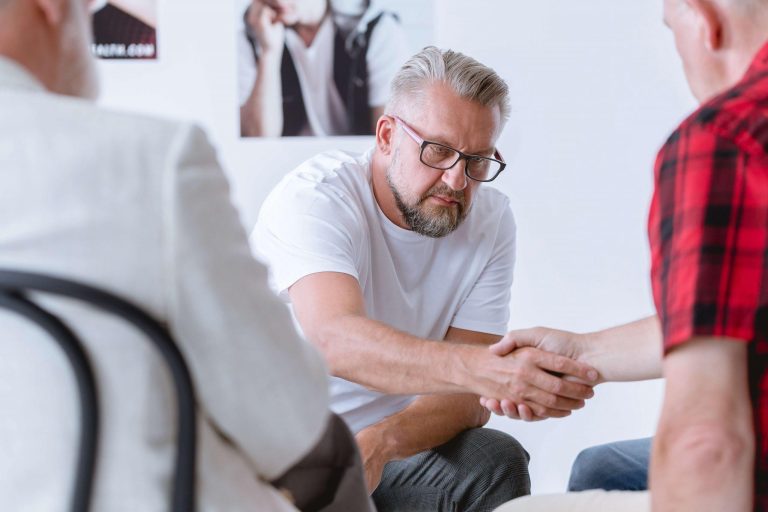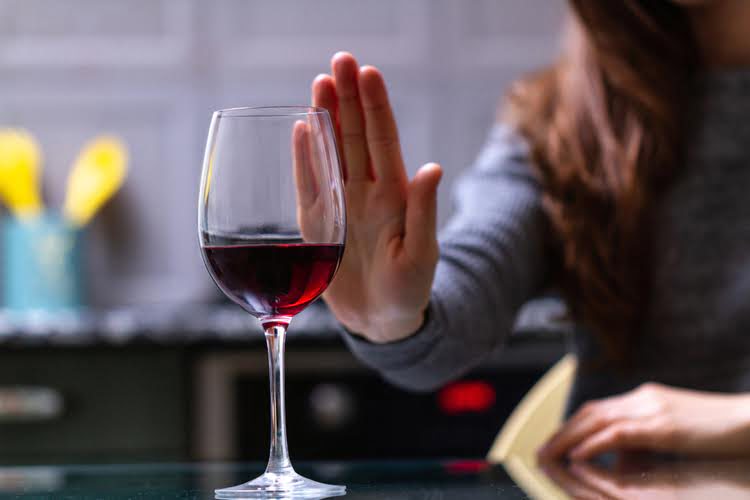Dr House: Drug Addict Genius Confessions of a Netflix Addict
Some people find support groups like UKNA (Narcotics Anonymous) helpful. You’ll also be given a keyworker, who will support you throughout your treatment. This is why it’s important to consult your doctor to find the right treatment https://sober-house.org/ method for your needs. Some transitional housing facilities accept credit card payments or offer in-house financing. Detoxification is not equivalent to treatment and should not be solely relied upon for recovery.
- The cost of living at a halfway house varies widely based on the facility and the amenities offered.
- He appears and sometimes himself claims to be narcissistic, and appears to have a disdain for most people, leading some to label him “a misanthrope”.
- Staff will talk you through all of your treatment options and agree a treatment plan with you.
- They share a night together while Stacy considers leaving Mark, but at the last moment House realizes he will eventually make Stacy miserable again and tells her to stay with Mark, who can make her happy.
Nearly slaughtering a dinner party because of a broken heart fits nowhere into what we had thought we knew about the ultra-logical misog. In season five, House doesn’t so much jump the shark as hallucinate one that’s rainbow-coloured and speaking in tongues. Mental illness is played here for uncomfortable laughs, and the season ends with House being taken to a mental institution.
Halfway Houses vs. Sober Living Homes
House finally turns to Cuddy, who realizes that if she cuts House off, Tritter will only be more suspicious and she agrees to provide him a prescription. In Cane & Able, House is back using Vicodin and is lying to Cuddy and Wilson about his leg pain. Ironically, when Wilson notes House has stopped exercising, he gives House Vicodin willingly to convince him to work on his leg again. To punctuate Jeff Forrester’s abuse of blood doping, hyperbaric chambers, amphetamines, and diuretics, House takes a Vicodin as they discuss the issue. In Three Stories, House describes the case of Mid 30s man, who is described as a drug seeker.
This isn’t always the case, though, because different drugs have different withdrawal symptoms. The severity of use also plays a role, so knowing what to expect—and when to seek emergency help—is important. Drug addiction is dangerous because it becomes all-consuming and disrupts the normal functioning of your brain and body. When a person is addicted, they prioritize using the drug or drugs over their wellbeing. This can have severe consequences, including increased tolerance to the substance, withdrawal effects (different for each drug), and social problems.
The man popped pills like they were candy, much to the chagrin of his co-workers. His team only took on interesting cases that other doctors were unable to solve. House loved puzzles and he saw strange illnesses as the most fascinating types of puzzles. Although he is intrigued by people, House has serious problems connecting with them.
Other Treatment Options for Addiction
You may need to work with a therapist to help you both reestablish the much-needed trust your relationship needs to thrive. There are also white, fingerless gloves on both his hands, the fingers presumably either sawed or ripped off. Most notably around the middle finger of his right hand are three rings that cover it while his other fingers on his right hand don’t have any rings and there are two metal rings around the ring and little finger of his left hand.
Online Support Group Options
Dr. Marty Hamilton tried to get on House’s good side by addressing him as “Greg” in DNR only to have House pause and carefully emphasize “Marty” in return. In 2012, after a year since House crashed his car into Cuddy’s home, he serves his time behind bars at the East New Jersey Correctional Facility under the close watch of the prison warden. However, he seems to have been sentenced unnecessarily hard for a first offense. House states he is going to research dark matter, citing galactic rotation and detection, if he leaves medicine. In Bombshells, House is unable to cope with Cuddy’s medical scare and takes Vicodin so he has enough nerve to be at her side. When Cuddy realizes he’s using again, she breaks up with him and House returns to his use of the drug.
An intervention is an organized effort to intervene in a person’s addiction by discussing how their drinking, drug use, or addiction-related behavior has affected everyone around them. Withdrawing from drugs should be done under the guidance of a medical professional to ensure safety. For example, a person withdrawing from alcohol can experience tremors (involuntary rhythmic shaking), dehydration, and increased heart rate and blood pressure. Cognitive behavioral therapy has been shown effective in helping people overcome addiction. In one study, 60% of people with cocaine use dependence who underwent CBT along with prescription medication provided cocaine-free toxicology screens a year after their treatment. House, an acerbic infectious disease specialist, solves medical puzzles with the help of a team of young diagnosticians.
Cuddy has a file for House and finds him engaged in another behavior typical of addicts – he’s at the pharmacy venting his anger at Marco because the hospital’s new Vicodin shipment will be an hour late. When he returns an hour later and gulps down the pills, Cuddy suggests the bet. House can’t see any reason why he should cooperate, but Cuddy makes him an offer he can’t refuse – a full month how to help someone with a drinking problem without clinic duty if he can go without Vicodin for a week. The DEA previously classified Vicodin as a Schedule III drug, meaning it has a Moderate Risk of physical dependence, and Low risk of psychological dependence. Since physical dependence rises with the length and dose prescribed, it is highly recommended that patients with physical dependence be slowly weaned off the medication.
With the right help and support, it’s possible for you to get drug free and stay that way. Returning to regular life after rehab is a difficult transition for many. While a person is free to say anything they want during an intervention, it’s best to be prepared with a plan to keep things positive and on track. Blaming, accusing, causing guilt, threatening, or arguing isn’t helpful.
Like most other narcotics, Vicodin is abused for its ability create a sense of euphoria. However, the body builds tolerance to its effects, which results in the abuser having to consistently increase the dose to get the same effect. About 23 million people over the age of 12 are estimated to have used it for non-medicinal purposes at least once during their lifetime. Drug addiction, or substance use disorder (SUD), is when someone continues using a drug despite harmful consequences to their daily functioning, relationships, or health.
In House’s Head, House keeps taking Vicodin to put himself into altered states to try to revive his memory of the evening’s events after he is injured in a bus crash. In Top Secret, one of Vicodin’s side effects comes to the fore – House’s urethral sphincter goes into spasm, leaving him unable to urinate normally. Cuddy puts House on a fixed timetable for his Vicodin rather than a free floating prescription. Tritter freezes the bank accounts of Foreman and Cameron and then makes it look like Chase is co-operating.
In one episode, House pretends to be gay to get the attention of a neighbor and Wilson even proposes to House. After the ketamine treatment and eight weeks of recovery, House is pain free and ready to work harder. After treating a clinic patient, Michael Tritter, with disrespect, House finds himself on the wrong side of the law as Tritter, a police detective, starts delving into House’s Vicodin habit. However, to keep House from going to jail, Wilson refuses to testify and Cuddy perjures herself in court to have the charges against House dismissed. House agrees to let Stacy work at PPTH so she can work with Mark during his rehabilitation, and House soon is plotting to steal her away.
So, in the end, did Dr. House perfectly portray pain medication addiction? In simple terms, the answer is “yes.” Overall, Vicodin is a powerful drug that can easily numb pain in the same manner as morphine and can be just as powerful as heroin. Utilizing a mixture of hydrocodone and other narcotics, Vicodin is listed as a Schedule III drug. However, due to this low regulation, people can easily get their hands on this painkiller. Even if they follow the rules, they can still develop a dependency on this drug.



